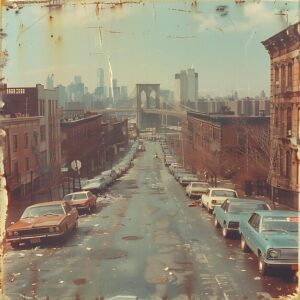1935 cuban ambassador to the holy see

In 1935, the diplomatic landscape was marked by significant changes, particularly in Latin America. Cuba, a nation with a rich cultural heritage and a complex political history, sought to strengthen its international presence. The appointment of the Cuban ambassador to the Holy See was a crucial step in this direction, reflecting the importance of the Vatican in global diplomacy.
Historical Context
To understand the significance of the Cuban ambassador to the Holy See in 1935, it is essential to consider the historical context. The early 20th century was a time of political upheaval in Cuba, with the country grappling with issues of sovereignty, governance, and foreign influence. Following the Spanish-American War in 1898, Cuba became a focal point of U.S. interests in the Caribbean, leading to a complicated relationship with its northern neighbor.
During this period, the Vatican played a unique role in international diplomacy. The Holy See, as a sovereign entity, engaged with various nations, promoting peace and dialogue. The appointment of ambassadors to the Vatican was often seen as a sign of a country’s commitment to international cooperation and religious diplomacy.
The Role of the Cuban Ambassador
The Cuban ambassador to the Holy See in 1935 was tasked with representing Cuban interests in a unique diplomatic environment. The ambassador’s role involved not only political negotiations but also fostering cultural and religious ties between Cuba and the Vatican. This was particularly important given the significant Catholic population in Cuba, which influenced social and political dynamics.
The ambassador’s responsibilities included attending official ceremonies, engaging with Vatican officials, and advocating for Cuban interests in discussions related to social justice, education, and public morality. The relationship between Cuba and the Vatican was characterized by mutual respect and a shared commitment to addressing pressing social issues.
Key Events and Initiatives
During the tenure of the Cuban ambassador in 1935, several key events and initiatives highlighted the importance of this diplomatic relationship. One notable event was the celebration of significant anniversaries related to the Catholic Church in Cuba. These celebrations provided an opportunity for the ambassador to showcase Cuban culture and strengthen ties with the Vatican.
Additionally, the ambassador played a role in advocating for social reforms in Cuba, aligning with the Vatican’s emphasis on social justice. This included discussions on education, healthcare, and the welfare of marginalized communities. The ambassador’s efforts were instrumental in promoting a positive image of Cuba within the Vatican and fostering goodwill.

Challenges and Diplomatic Relations
Despite the positive aspects of the relationship, challenges also emerged during this period. The political climate in Cuba was volatile, with various factions vying for power. The ambassador had to navigate these complexities while maintaining a strong diplomatic presence in the Vatican.
Moreover, the rise of totalitarian regimes in Europe during the 1930s posed a challenge to the Vatican’s diplomatic efforts. The Holy See sought to promote peace and stability, but the global political landscape was increasingly fraught with tension. The Cuban ambassador had to balance national interests with the broader goals of the Vatican, which often required delicate diplomacy.
The Legacy of the 1935 Ambassador
The legacy of the Cuban ambassador to the Holy See in 1935 is significant in understanding the evolution of Cuban diplomacy. This period marked a turning point in Cuba’s international relations, as the country sought to assert its identity on the global stage. The ambassador’s efforts laid the groundwork for future diplomatic initiatives and strengthened the relationship between Cuba and the Vatican.
In the years that followed, Cuba continued to engage with the Holy See, addressing various social and political issues. The ambassador’s role in fostering dialogue and cooperation contributed to a lasting partnership that would endure through changing political landscapes.
Conclusion
The appointment of the Cuban ambassador to the Holy See in 1935 was a pivotal moment in the history of Cuban diplomacy. It reflected the country’s desire to strengthen its international presence and engage with the Vatican on important social issues. The ambassador’s efforts in promoting cultural ties, advocating for social justice, and navigating the complexities of international relations were instrumental in shaping the legacy of Cuban diplomacy.
As we reflect on this period, it is essential to recognize the enduring impact of diplomatic relationships in fostering understanding and cooperation between nations. The relationship between Cuba and the Holy See serves as a reminder of the importance of dialogue and collaboration in addressing global challenges.



